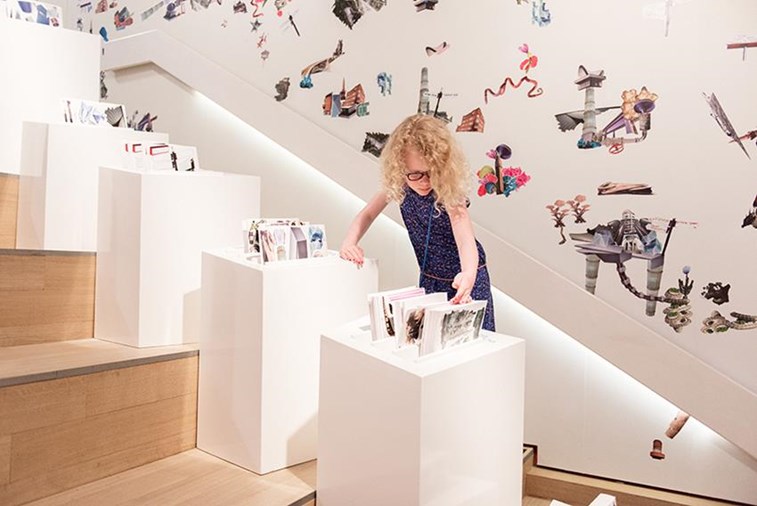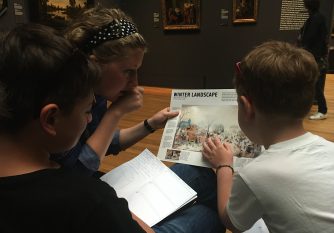Working with family groups can be a challenge for museum educators, especially when striking the balance between engaging the children and the parents at the same time. There are, however, a few different tactics that can help educators encourage the whole family to participate fully.
-
Set the tone at the start
It is important to set the right tone at the beginning of the tour. Make sure that this is done during the introduction before entering the museum or embarking on the walking tour. Get to know the family by asking them a few questions about their trip (how long they are staying in the city, why they chose to come to this city etc.) and encourage the children to answer these questions as well. The introduction is the first opportunity for an educator to peak children’s interest and gain their trust — remember, if children do not feel comfortable and significant, they will not feel comfortable participating in activities or inquiry-based learning later on in the tour.
After asking a few logistical questions about the family’s trip, focus on the children and ask them a few questions as well (what they think they might see in the museum or on the walking tour, what they are interested in knowing or seeing, etc.). By focusing on the children for these few minutes, the museum educator lets children know that their opinions, interests, and answers are significant and that no answer is ‘wrong’ or ‘silly’. This builds an important bond of trust between you and the children.
Although you will want to shift your focus between parents and children throughout the tour, keep in mind that parents are initially most concerned with their children’s happiness and comfort; thus, demonstrating this level of comfort and engagement with the children before the main tour begins is also an important and reassuring signal for the parents; parents will be more than happy to see that the educator is curious and sincerely interested in the children’s interests.
2. Include the whole family in activities
 A family tour will involve several activities – whether inquiry-based learning activities, drawing or sketching or slow looking exercises. Remember that children are not the only ones who can play games and participate in activities! By involving parents in some of these activities, educators help children feel more comfortable and confident in participating and deepen the parents’ learning experience as well.
A family tour will involve several activities – whether inquiry-based learning activities, drawing or sketching or slow looking exercises. Remember that children are not the only ones who can play games and participate in activities! By involving parents in some of these activities, educators help children feel more comfortable and confident in participating and deepen the parents’ learning experience as well.
This is especially helpful if children are feeling a bit shy or timid at the beginning of a tour; with parental involvement in an activity, children may feel more encouraged to participate as well. Children are often influenced by the answers of their older siblings or parents, so it can sometimes benefit the children to ask for their observations before those of their parents, so that they have a moment to shine first. Engaging parents in activities of looking and thinking can also deepen the learning experience for them; play knows no age limits!
3. Allow time
Finally, it is important to keep in mind that children — and parents — need more time. Children may need more time to process information or participate in a certain activity and parents may need more time to ask more questions about an artwork or an historical building.
To resolve this issue, educators can plan a couple of stops — especially at the most important or most interesting locations — with a more engaged activity for the children. In this way, children can spend more time on the activity (e.g. a drawing activity may need several minutes) whilst the educator can expand on the information about a given artwork or answers any unresolved questions from the parents. This also gives children a bit of a mental break during a tour, which can often be very stimulating for children and gives them the time to absorb and digest information – beneficial for children and parents alike.
As a family educator, it is critical to remember that the family works as a unit although children and parents sometimes have different needs. By involving children from the beginning of the tour, both children and parents are notified of the importance of the children’s involvement. Encouraging both parents and children to participate in activities makes the activities more fun for everyone in the family and motivates everyone to engage in the content of the tour. Finally, taking time for longer activities allows children to engage deeply in content-related exercises and also allows for parents to get some more in-depth information. Overall, parental involvement is essential to the success of a family tour.

